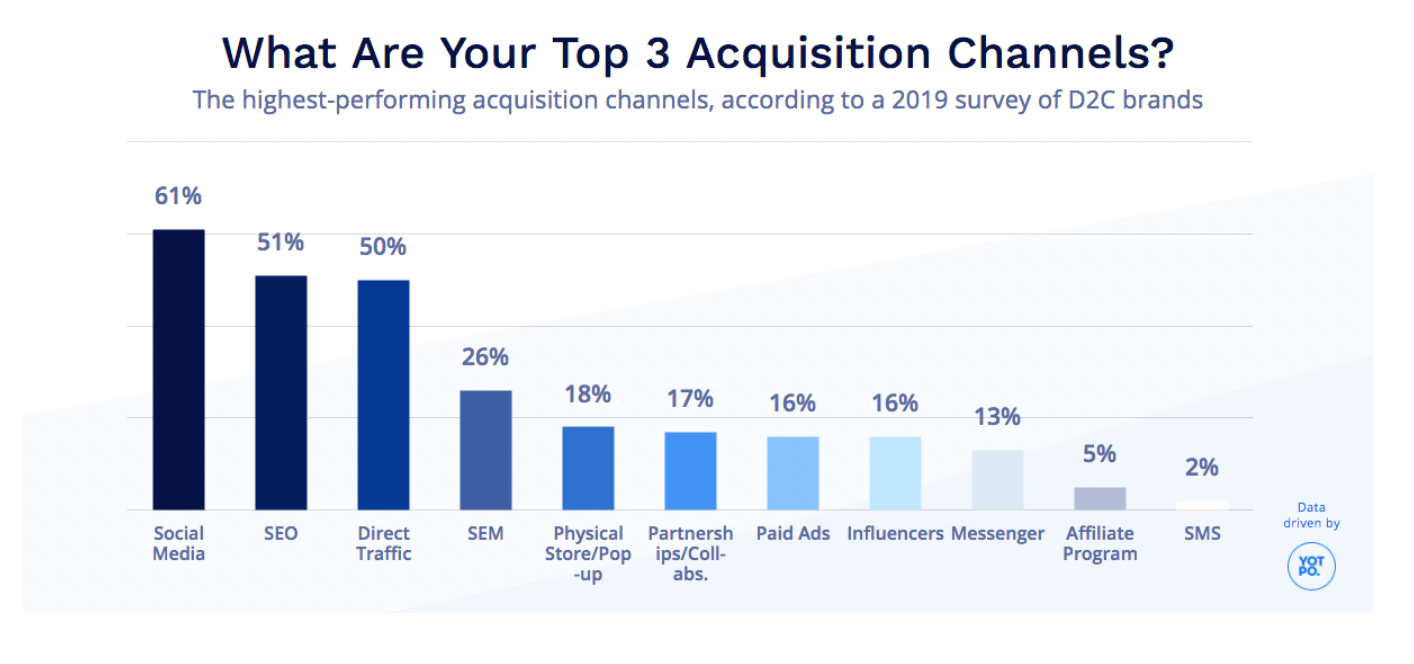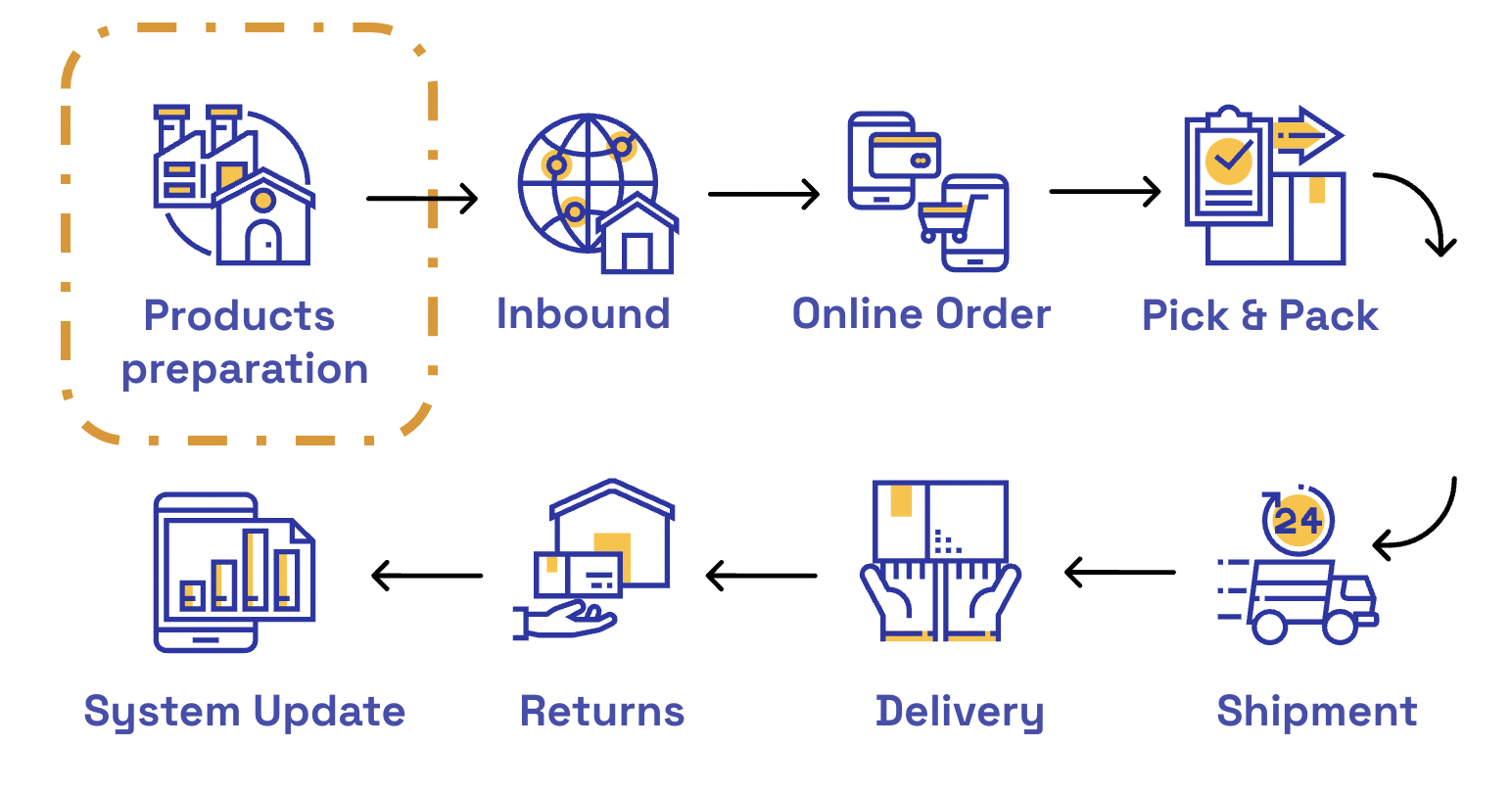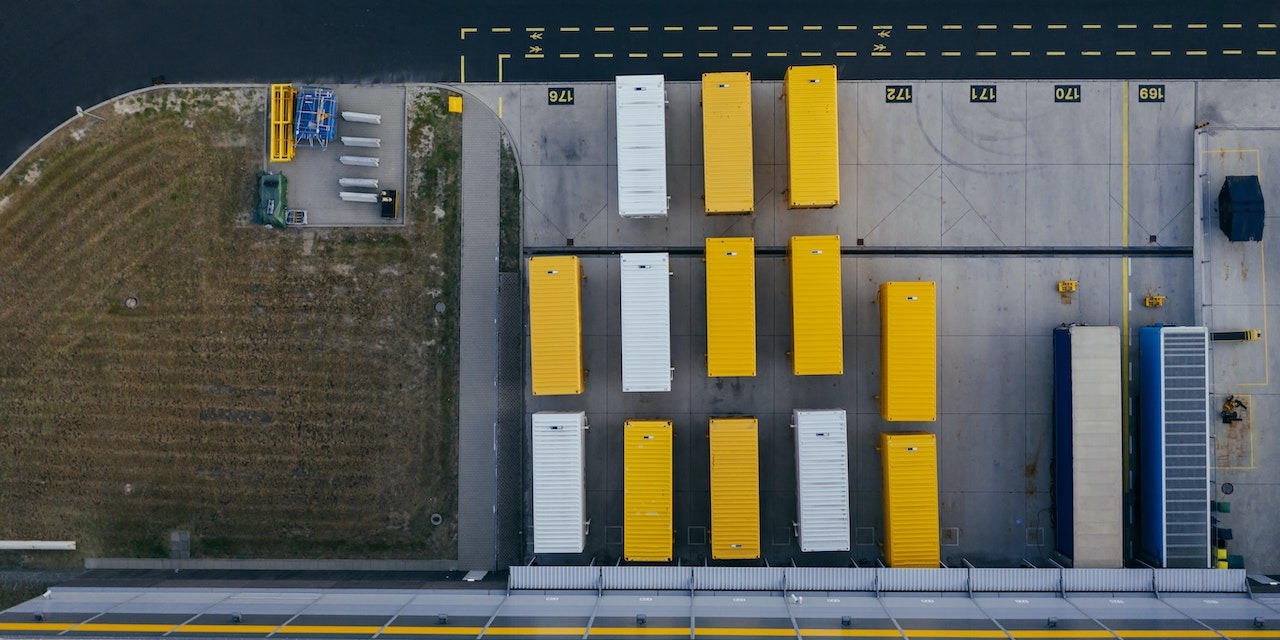In order to answer your request, we are obligated to process the data given above. Sometimes, however, we would like to use them for slightly different purposes, such as statistical data or informing you about our new products and services.We promise that we will use the given information for communication purposes only. We also remind you that you can unsubscribe from our mailing at any time (see Privacy Policy).
The landscape of digital marketing has changed in recent years drastically. The digitalization of modern lives had a big influence on the way we communicate, spend free time, and... shop.
Most shoppers, due to the aforementioned technological advances, but also as a reaction to the closure of stationery stores forced by restrictions related to the COVID-19 pandemic, have moved to make purchases online. Consequently, stores have also followed suit - so the competition in the market is, to put it bluntly, more than significant.
However, this does not mean that the needs of customers are less - on the contrary, what online shoppers want is fast shipping, accessibility to goods from abroad, the ability to track their order, choose the method of payment and delivery, and personalize their order... The list could go on and on, and what unites all these needs is the customer experience.
The winner in the battle for customers, in this case, turns out to be the D2C stores - direct-to-consumer sales model, which is all about meeting those sublimated clients' needs!
What is direct to consumer model (D2C)?
Direct to consumer is a business strategy in which companies sell, manufacture, and deliver their goods directly to consumers, without the need to rely on traditional retail stores or other middlemen. So instead of placing their products in stores and wholesale centers, such brands build a direct relationship with their customers.
In traditional business models, the supply chains of goods reaching end consumers consist of suppliers, manufacturers, wholesalers, distributors, and retail partners (such as retail stores). While this model works great for some companies, the lengthy negotiations and costs connected for each involved party are significant challenges for smaller or not too long-established brands.
Companies selling in D2C models cut the need for the middlemen selling their goods directly to end consumers, focusing on the customer-centric approach and gathering customer feedback. This allows them to experiment with different sales channels and built close customer relationships (based on for example smartly designed loyalty programs and collecting customer data). While traditional retailers still may play an important role for D2C brands, online sales are the true star of the show. This is understandable, especially considering the boost, online shopping got in the last few years.
The digital-first approach that characterizes direct-to-consumer companies, has an important footprint on the entire business model. Compared to the more traditional way of doing business, which focused on wholesales and a chain of retail distributors to deliver the products to end consumers, direct-to-consumer companies have more control over the customer experience, the way their products reach customers in retail sales as well the form their brand's story is created.
Customer experience and direct relationship: a perfect duo
This model's popularity is closely connected with the boom of the eCommerce market.
The growth of the entire sector continues as more and more customers turn to online sales channels. In 2021, the European e-commerce market grew to €718 bn according to the European E-commerce Report 2022, which means a growth rate of 13%. This is from a figure of €633bn in 2020. The forecast for 2022, growth rates are also optimistic and should keep the rising trend and are expected to reach a growth rate of 11% and a turnover of €797bn.
D2C model is used by brands from all industry branches - from food, through health and beauty to furniture and electronics. Thanks to easy access to online marketplaces and eCommerce technologies and a multitude of eCommerce platforms, brands have a direct connection to their customers.
This easy access to the market evens out the playfield for long-established brands and relatively new consumer brands. Smaller brands can now easily disrupt the established market by creative online activations, such as reaching for social media influencers to become brand ambassadors, without the need for robust marketing teams.
The communication in such a model can also be easily customized for both existing and new customers alike. Like most of the retail industry dedicated to ending customers, the brand-customer communication model also focuses heavily on social media and... inbound marketing, including SEO issues. “The State of D2C Marketing in 2019” report published in 2019 clearly highlights, that 61% of D2C brands rely on social media when reaching new and existing customers, with SEO as the second tactic of choice (51%) and paid search. It is also worth emphasizing the context of sales and marketing the role of the customer service team, It is also worth emphasizing the context of sales and marketing the role of the traditional business model.

Customer expectations and related seamless shopping experience play an equally important role in the popularity of direct to consumer model. Convenience and time saving are key to understanding the direct-to-consumer business. More and more end consumers prefer to shop online, from the comfort of their couch for almost any type of product. Even groceries, traditionally the bastion of the physical retailers, are slowly falling for the online shopping habits. With an increasing pallet of services such as free and same-day delivery offered by couriers and carriers, it's no wonder the sales world fell in love with the d2c model.
How does fulfillment help D2C brands execute a successful growth strategy?
While D2C brands save a lot of time and resources on cutting existing retail partners, they face new challenges connected with the logistics of delivering the goods to the end user. While the sale itself can be easily done online, the preparation of the parcel and dispatching of it still needs to be done by physical partners.
To finalize this step such brands can either ship the goods out of their warehouse, take the role of retail outlets, or outsource the task to professional fulfillment operators.
At a glance, the first way may seem perfect. It looks like a reasonable way to save extra money on external services and keeps the entire process in-house with seemingly better control.
For companies who do not have much experience in logistics, this way of thinking may turn out to be a surprisingly tough nut to crack. The warehousing of goods itself is a demanding matter, requiring keeping detailed information about the stocks of goods, expiration dates, their characteristics, serial numbers, and many more. The bigger the variations in the goods, the more robust system is required.
Storing is just a first step though, managing orders, parcel preparation, dispatching of goods to end consumers, and reverse logistics management are all demanding tasks filled with details that need to be carefully handled to satisfy customer expectations. This is why fulfillment outsourcing synergizes with the D2C model perfectly.

External fulfillment is an easy way for D2C brands to keep the customer experience at high levels. With professionals handling the inbound and outbound movement of goods, management of courier services, or even the claim processes, the brands can focus on what they do best - building a close connection with their customers and delivering great products.
Summing Up
Selling in the D2C model is a good idea in line with current market trends.
However, when deciding to enter this kind of business, you have to be especially attentive to the changing customer preferences, focus on direct selling, and take extra care of your own website design, UX, and the tone of brand voice.
The key to success may be to become an honest company, focused on mentioned above consumer preferences, and their real needs, wisely managing the supply chain, and betting on building brand loyalty possible to achieve easily (among other things, thanks to subscription services).




